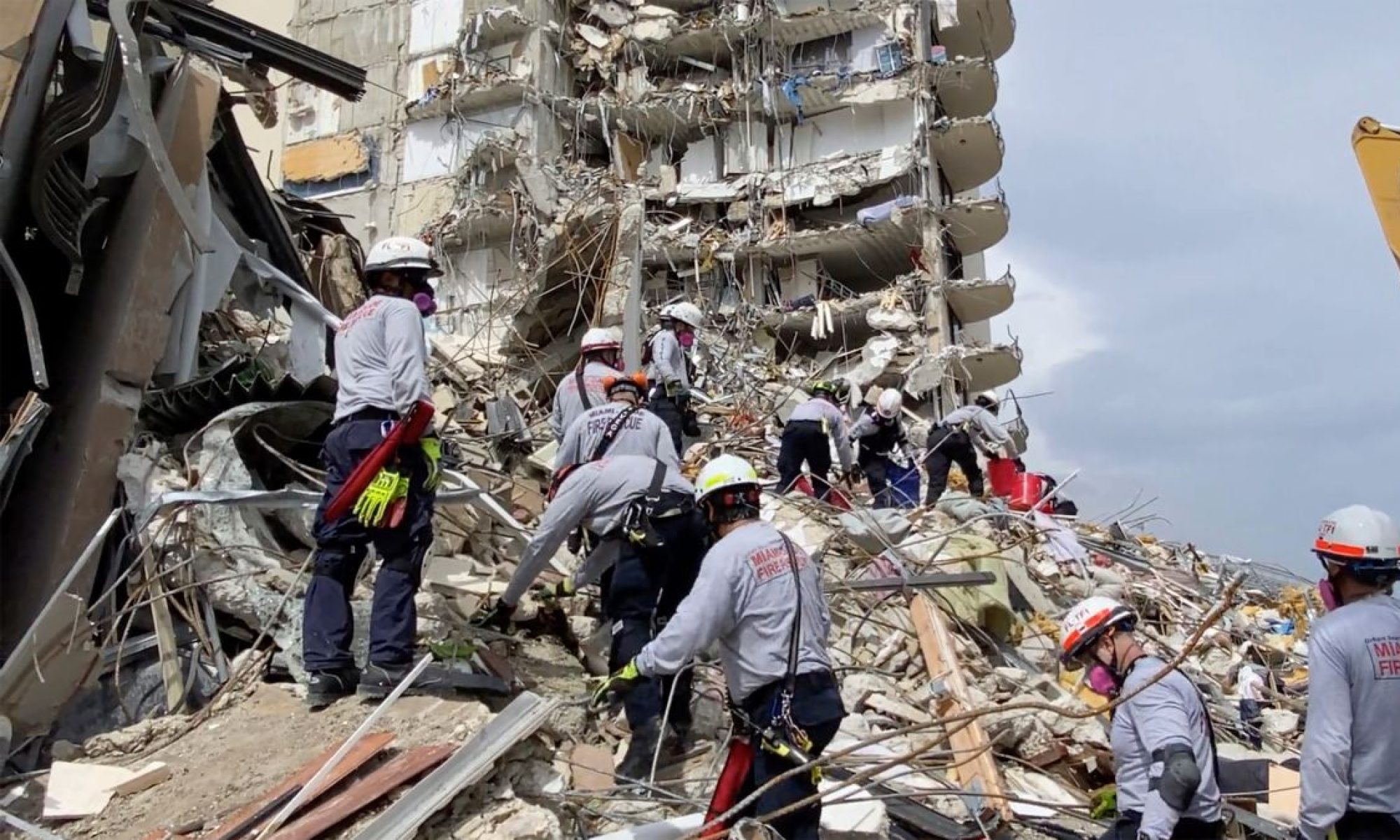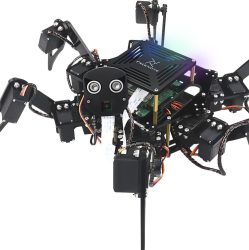What are the most significant risks that could jeopardize the success of the project? How are these risks being managed? What contingency plans are ready?
Currently, we are running into some issues with testing out YOLOv5 on our Jetson due to some of the packages and dependencies being out of date. We’re putting a lot of effort into figuring out which parts of the dependencies are outdated and trying to manually install alternatives. A contingency plan is to try out a newer version of YOLO in hopes that the dependencies would be more up to date and better documented.
Were any changes made to the existing design of the system (requirements, block diagram, system spec, etc)? Why was this change necessary, what costs does the change incur, and how will these costs be mitigated going forward?
If possible, we are considering removing the Raspberry Pi from the Hexapod and using the Jetson Nano to perform all the actuation of servos. We will just need to confirm that the Raspberry Pi shield from the Hexapod is compatible with the Jetson Nano.
Provide an updated schedule if changes have occurred.
No major changes. We have completed the assembly and bring-up of one robot, as well as setting up a Jetson; now we are trying to train a YOLO network on the Jetson. One thing is we have decided to only order and start with one hexapod rather than all 3, so we are a little behind in that aspect. However, we believe that we will be able to do the bring up for later hexapods much faster.
This is also the place to put some photos of your progress or to brag about a component you got working

Please write a paragraph or two describing how the product solution you are designing will meet a specified need…
- with respect to considerations of public health, safety or welfare.
The Crisis Critters are intended to help find victims of natural disasters (ie. Earthquakes, building collapse) fast and efficiently. We believe that by finding victims earlier, we can prevent deaths and further deterioration of the victim’s health. Furthermore, these robots also reduce the workload and risk that human rescue teams face in these dangerous environments.
- With consideration of social factors.
Computer vision algorithms have historically had problems with biases in the dataset that its being trained with. For example if we train our product with images of people from only one race it might not be able to identify other races. To remedy this we need to have people from different races to make our solution race invariant.
- with consideration of economic factors.
With the increase in natural disasters in addition to conflicts around the world, the need for cost effective methods of search and rescue are rising dramatically. The integration of sophisticated autonomous robots would be integral to expediting the SAR process in areas of need. The production of these hexapods will be cheap and would be widely available due to the relatively low cost of the hardware and the public nature of the required software.



